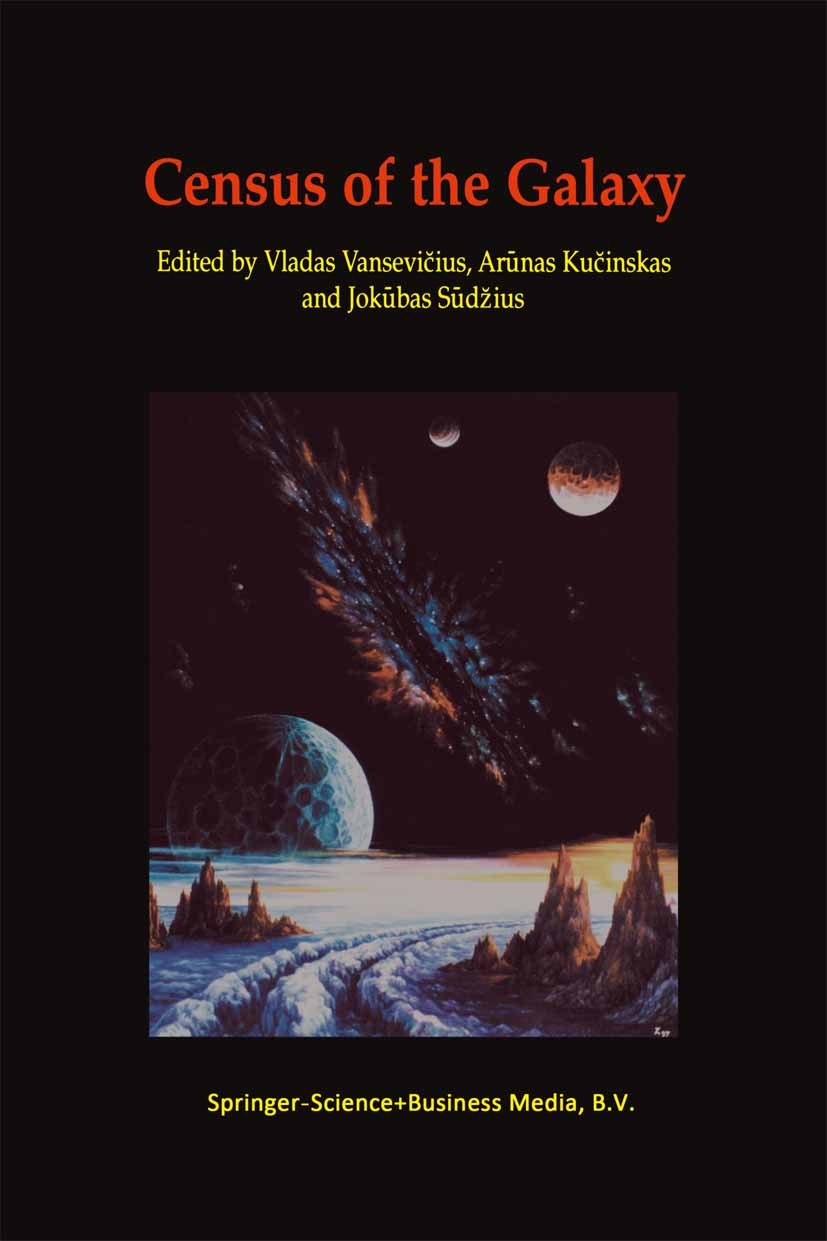| 书目名称 | Census of the Galaxy: Challenges for Photometry and Spectrometry with GAIA | | 副标题 | Proceedings of the W | | 编辑 | Vladas Vansevičius,Arūnas Kučinskas,Jokūbas Sūdžiu | | 视频video | http://file.papertrans.cn/224/223137/223137.mp4 | | 图书封面 |  | | 描述 | Astrometry from space was performed for the first time and with great success by the ESA Hipparcos satellite (1989-93). This mission was designed as an as trometry mission, but the use of a photon counting detector made it possible to produce very important photometric results: the most accurate astronomical pho tometry ever by the main Hipparcos mission in a very broad band of 120000 stars, and the two-colour Tycho-2 photometry of 2.5 million stars. The cornerstone ESA mission GAIA was approved in October 2000 for launch not later than 2012. This mission will use CCDs in time-delayed integration mode instead of the photo-cathode detectors used in Hipparcos. Due to the higher quantum efficiency of the CCDs, simultaneous integration of many stars, and larger tele scope apertures GAIA will utilize the star light a million times more efficiently than Hipparcos, resulting in astrometry and multi-colour photometry for one billion stars. GAIA photometry is crucial for the scientific utilization of the astrometric results, and the photometric data have a high scientific content in themselves. | | 出版日期 | Conference proceedings 2002 | | 关键词 | Population; astrometry; interstellar matter; photometry; planet; space astrometry; star; star formation | | 版次 | 1 | | doi | https://doi.org/10.1007/978-94-010-0361-2 | | isbn_softcover | 978-94-010-3911-6 | | isbn_ebook | 978-94-010-0361-2 | | copyright | Springer Science+Business Media Dordrecht 2002 |
The information of publication is updating

|
|
 |Archiver|手机版|小黑屋|
派博传思国际
( 京公网安备110108008328)
GMT+8, 2025-11-15 13:11
|Archiver|手机版|小黑屋|
派博传思国际
( 京公网安备110108008328)
GMT+8, 2025-11-15 13:11


